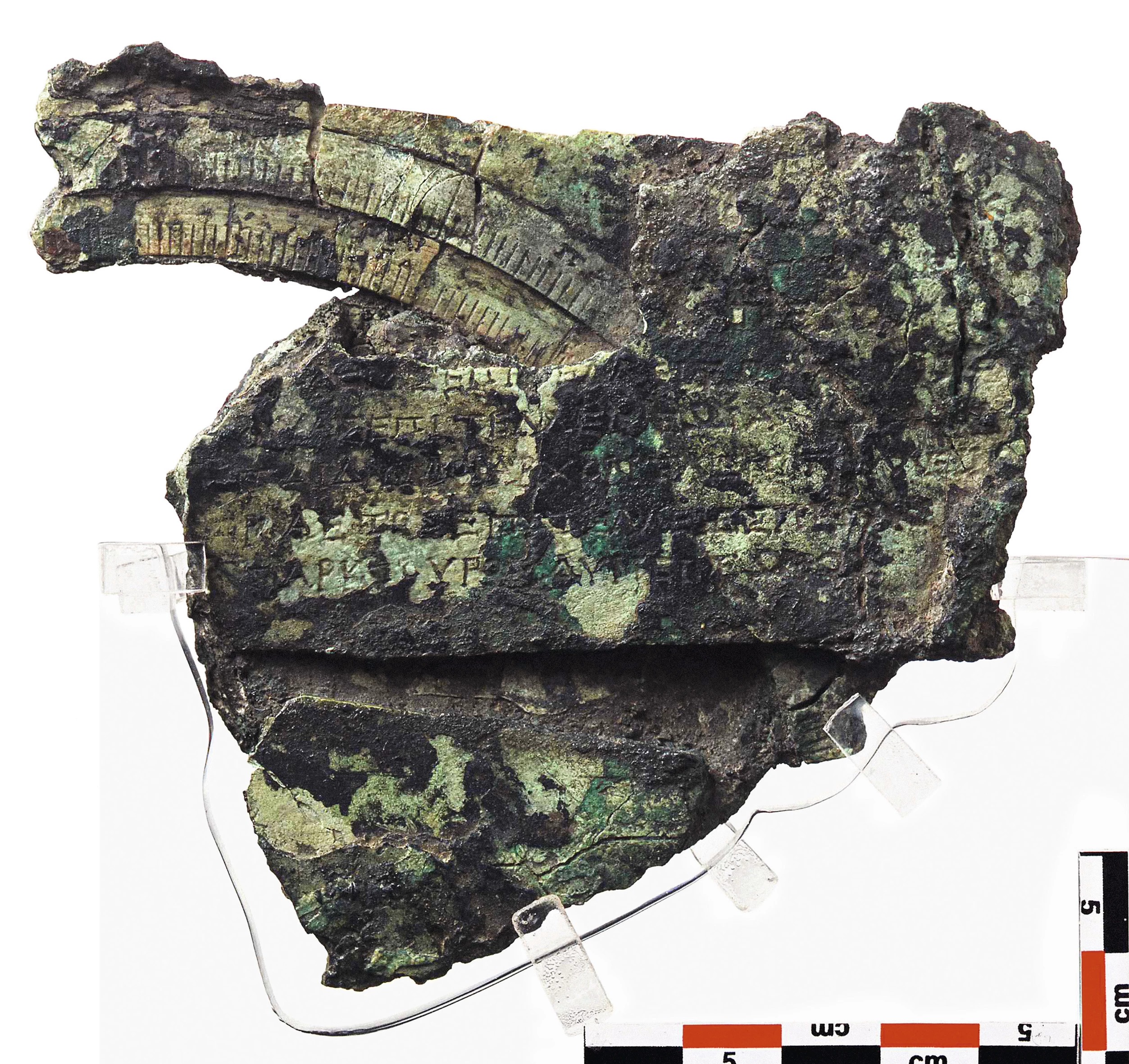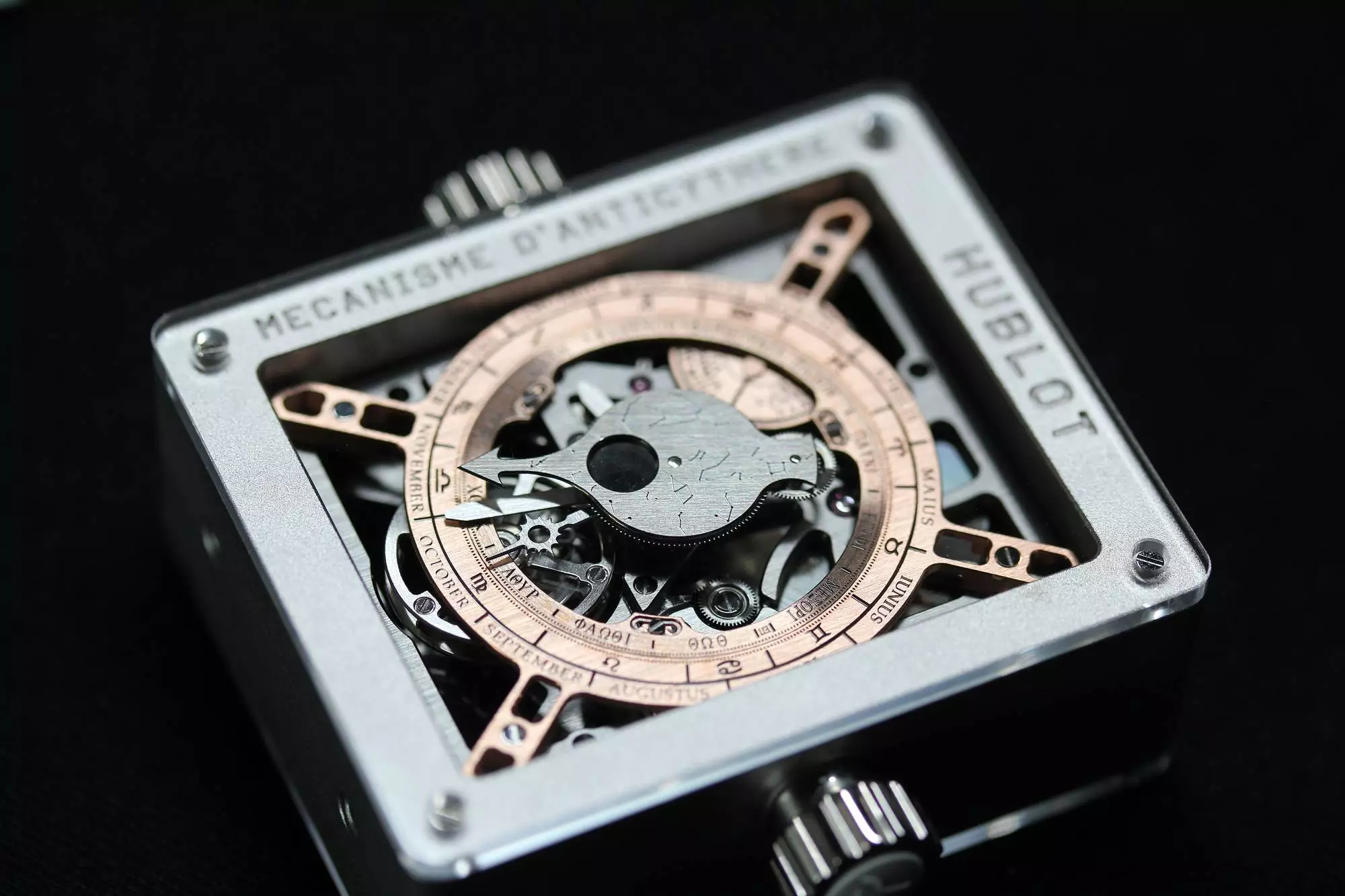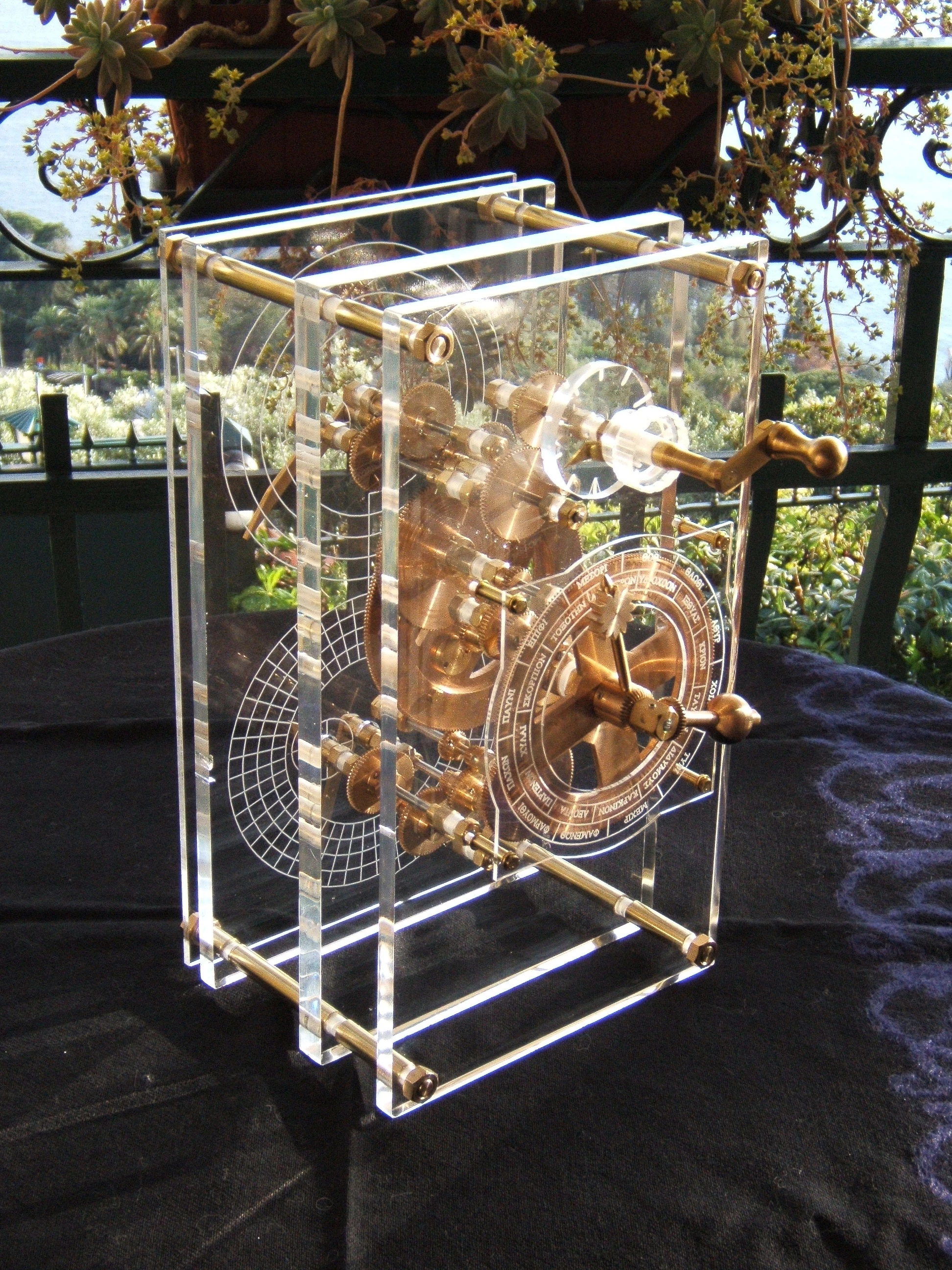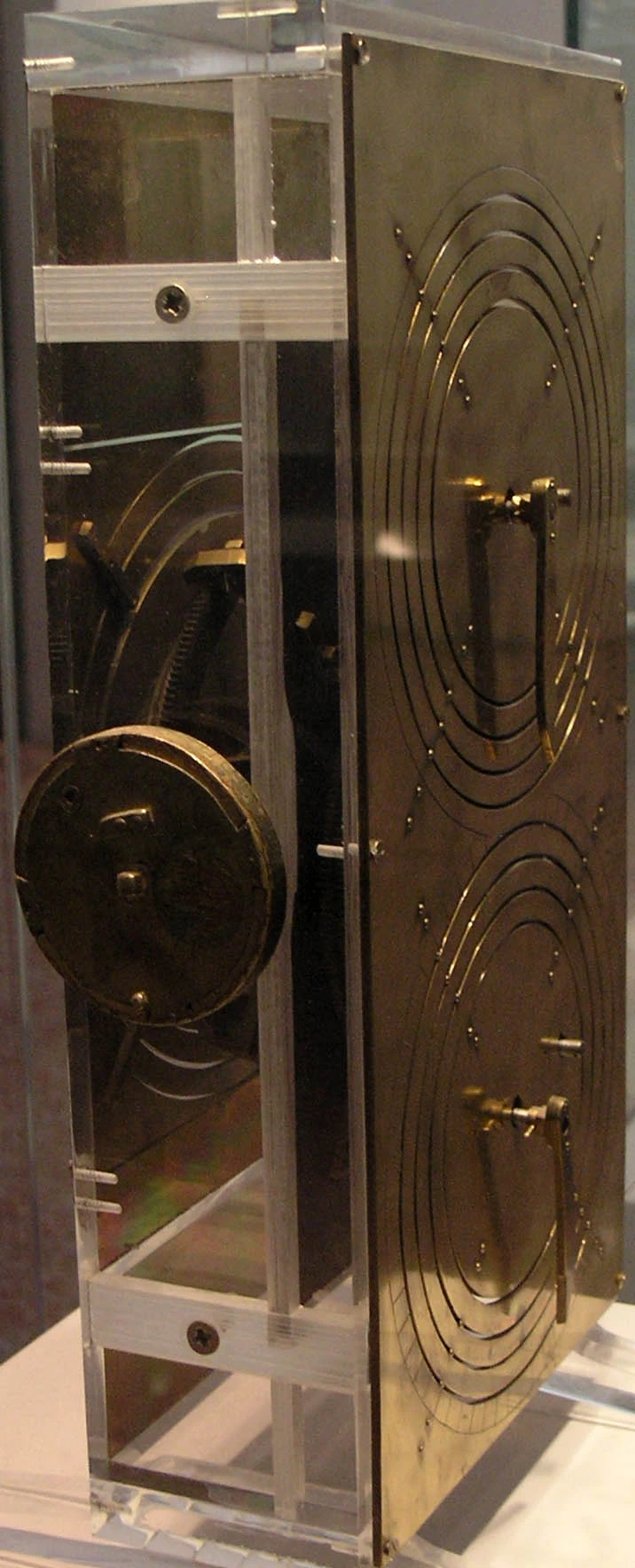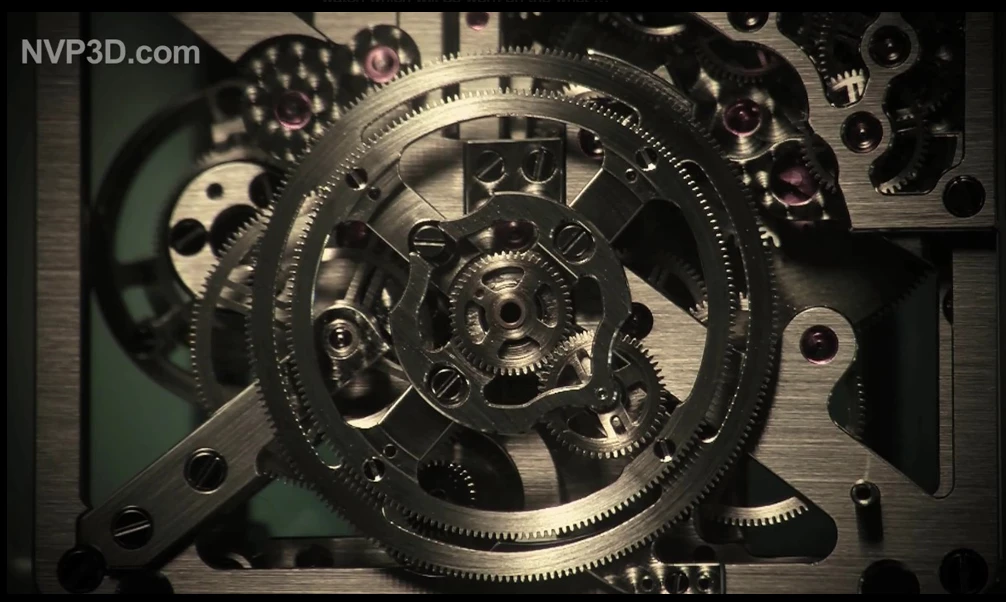Why on Earth would you want to strap one of these to your wrist? It barely tells the time, and it can't take pictures, tweet or connect to your Facebook. In fact, very few people would have the faintest idea what it is, or why you'd want one at all. But for those that do recognize its intricate gears and dials, this tiny, complex piece of machinery tells a vivid and incredible tale. It's a story of gigantic scientific upheaval, of adventure and shipwreck on the high seas, of war and death. A story of amazing intellect, lost riches and impossible chance - a sunken treasure that Jaques Cousteau once described as "more valuable than the Mona Lisa" - and it's connected with an ancient celebrity whose star shone so brightly that he's still a household name more than 2200 years after his death... Read on!
A chance discovery
The study of history is the study of fragments, the piecing together of tiny snippets of evidence and the weighing of that evidence against whatever writings have been passed down from the era in question. Nothing can be trusted, everything must be dissected. Every writer and historian has his own inbuilt bias, every hand-copied transcription of a manuscript offers a chance for error and revision. And the further back in time you go, the more corrupted your evidence becomes - by human interference, by age, fire, water, rust.Still, historians and scientists alike live for the great "Eureka" moments, where some newly discovered fact can turn our understanding on its head and lead to a richer picture of our world and our species.
And there are few scientific or historic discoveries more significant than the one made by a Greek sponge diver in October 1900, on the Mediterranean sea bed.
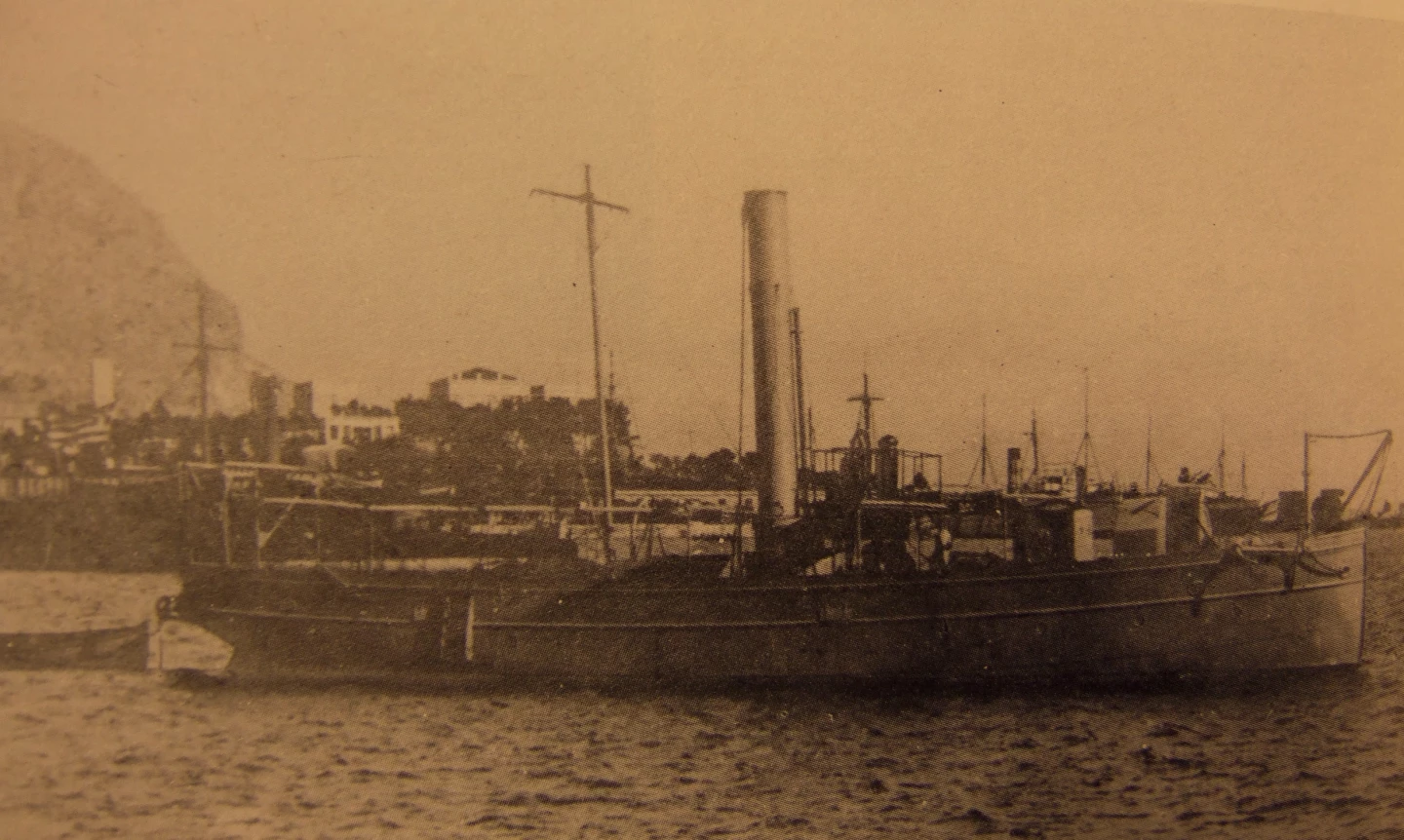
Returning to Greece from a diving expedition around Northern Africa, Captain Dimitrios Kondos ran into some wild weather to the north of Crete, and decided to shelter from the storm near the small island of Antikythera. While things above the surface were pretty unpleasant, Kondos sent a team down to see if they might be able to pick up any more sponges while they waited for the storm to pass.
Within a short time, diver Elias Stadiatos resurfaced, raving like a lunatic. He reported finding a shipwreck on the sea bed 60 meters (197 feet) below, with hundreds of corpses and horses strewn about, in various stages of decay. The Captain thought Stadiatos had flipped his lid due to excessive carbon dioxide poisoning, so he pulled on his canvas diving suit and copper bell helmet and went down to take a look himself.
Far from a stack of corpses, what Kondos found made his sponge gathering mission pale in comparison. A sunken ancient vessel, loaded with all kinds of loot and treasure. What Stadiatos had reported as rotting bodies were actually bronze statues that had been covered over by centuries' worth of sea floor debris.
The team scavenged what they could carry and took it back to Greece, where the Greek Education Ministry and Hellenic Navy quickly put together an expedition to explore the wreck more thoroughly. Early indications were that the material on board dated back more than 2,000 years, into the fascinating historical period of the Roman Republic.

Over the next two years, painstaking underwater archaeological efforts uncovered a vast bounty of marble and bronze statues, coins, and other artifacts that seemed to suggest the ship had sunk while carrying back a booty haul from a war sometime in the first hundred years B.C. In fact, the current closest guess is that it was one of the Roman Dictator Sulla's vessels, on the way back to Italy after taking care of business abroad.
The collection itself was a celebrated find, but one anonymous chunk of rock sitting in a storage room had further riches to offer, when it broke apart and a caretaker noticed metallic gears within ...
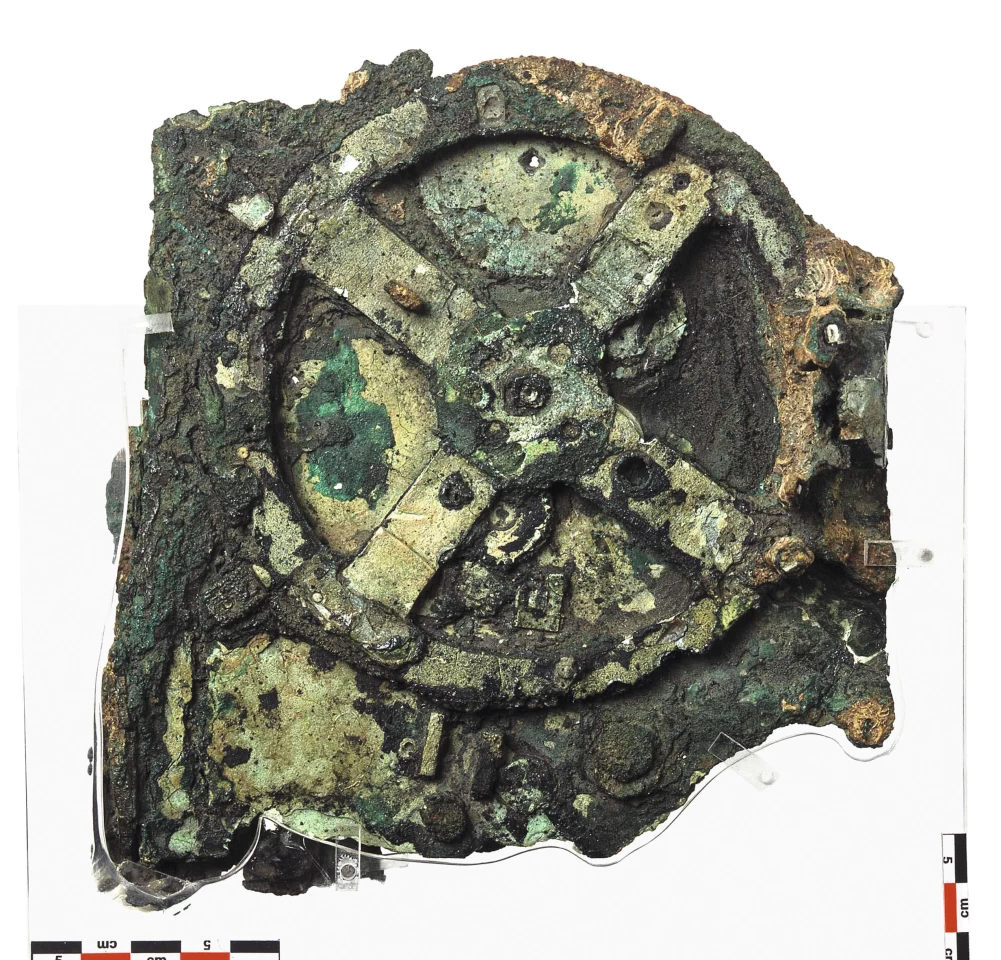
The Antikythera mechanism
Historians at the time largely ignored the device for one simple reason - the technology required to make such complex metallic gear systems simply didn't exist back in 100 B.C. It appeared to have an epicyclic, or planetary gear system in it - and those hadn't popped up anywhere else in history for another 1900 years or so. It was assumed that the machine had been misplaced, accidentally left with the wreckage, or wrongly cataloged, so it was shelved for another 49 years, until an English physicist called Derek Price decided to have a closer look in 1951. With better technology and plenty of time at hand, Price soon realized that this was indeed an ancient device - in fact, there was some kind of instructive script carved into it, faded almost to obscurity, that put it right in the 100-300 B.C. period. This was a true Eureka moment - it put amazingly advanced technology in the hands of the Ancient Greeks.

In fact, it instantly became not only the world's earliest known use of planetary gears, but the first known mechanism that used clockwork gears at all. Various civilizations earlier than the Ancient Greeks had used wooden peg-in-hole gear systems to transfer motion, but this was an order of magnitude more complex than anything before it, and indeed anything for a millennium and a half after it.
It was such a technological leap that no doubt the "History" channel has already run a series of "documentaries" showing how it was built by aliens.
But what on earth was it?
There began a painstaking scientific examination of every available fragment of this ancient machine - there were 82 pieces in total - over the course of the next 50 years. As technology improved, it was applied to the fragments of what had become known as the Antikythera mechanism.
Advanced photography techniques were employed by Hewlett-Packard in 2005 to produce a clearer image of the carved inscriptions, allowing researchers to decipher and translate 95 percent of the existing text. Then a company called X-Tech shipped an eight-tonne (8.8-ton) X-ray tomography machine to Athens to produce incredibly detailed, high resolution 3D X-ray scans of every fragment of the machine.
Analyzing this new information gave a huge amount of insight into the Antikythera device, how it was built and what it was for.
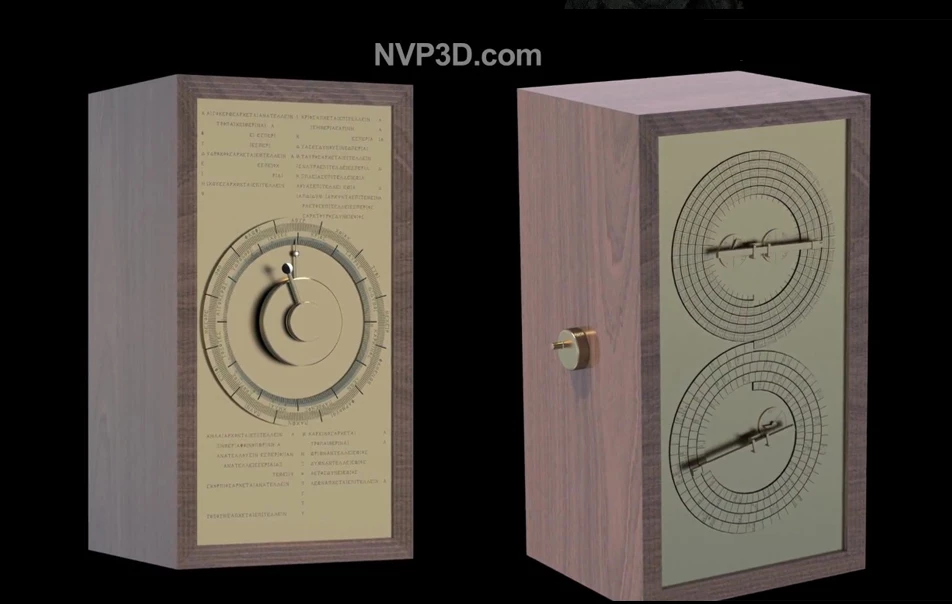
As it turned out, the device's chief function was more or less an intellectual novelty. Turning a single input knob, you could select a date, and the machine would predict (with incredible accuracy) the positions of the sun, moon and the five planets that Greek astronomers had identified by that stage.
It would also tell you the phase of the moon, using a spherical indicator that rotated to approximate the lunar phase. Dials on the back predicted certain solar eclipses to within a couple of hours, dates for calendar adjustments, and the Calyppic cycle, which was most likely used to show when the next Olympic games would be held. The device was so accurate that it was able to account for leap years, an idea that didn't appear anywhere else in history for another 100 years.
As a device that could take a user input and then produce a variety of calculated data from it, the Antikythera mechanism now became the world's earliest known analogue computer. Eureka!

Needless to say, in order to produce a machine like this, the makers would have needed access to centuries' worth of astronomical data, as well as at least one brilliant mathematical mind to take those numbers and turn them into precisely sized cogs in a mechanical design. As it happened, one of the greatest mathematicians of all time lived in the area the machine had most likely been built in.
The Archimedes connection
This machine, that had been the source of so many "Eureka" moments for modern scientists, may have been designed, or at least partially designed, by the man who had the most famous "Eureka" moment in history.
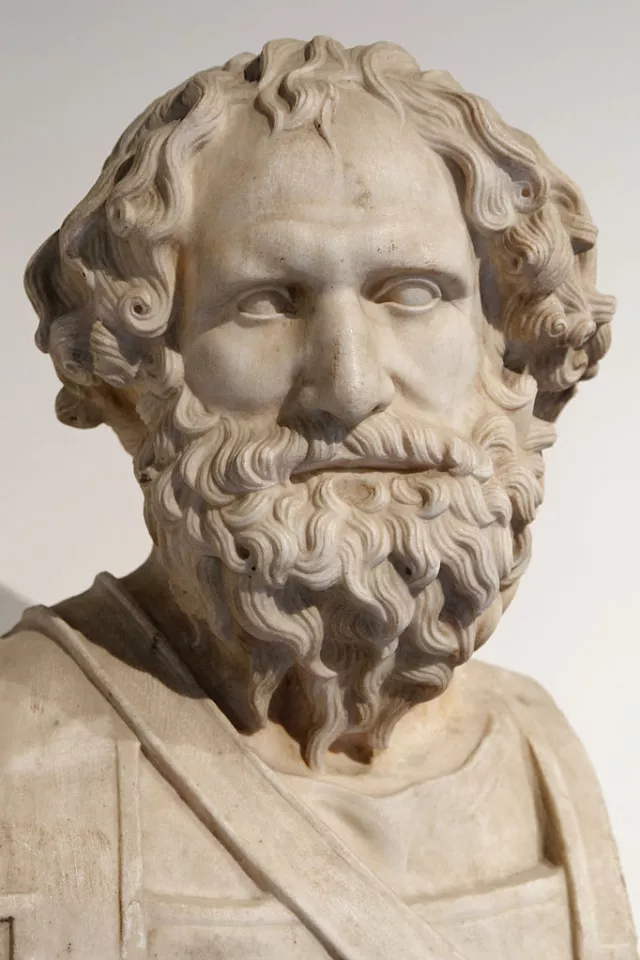
Archimedes lived in Syracuse, Greece, between 287 B.C. and his tragic and surely avoidable murder in 212 B.C. History records him as the greatest mathematical mind of pre-modern times, and the list of his discoveries and contributions to maths and science is enormous. Youngsters today will most probably know him best from the story of how he sat in the bath, noticed how much water he was displacing, and came up with the theory of hydrostatics, or the time he worked out how to use underwater scales to determine the density of an object. The latter was another bathtime observation - one that got him so excited that he ran down the street buck naked yelling "Eureka!" at the top of his lungs.

He was also a genius designer, building the first odometer for wagons, a heat ray capable of sinking ships with concentrated sunlight, a bilge pump design that's still in use today, a number of large sea vessels, and a large body of work around levers - including a device that was said to be able to lift enemy ships up out of the sea and flip them over.
His work was widely renowned at the time, and Pappus of Alexandra writes of a paper Archimedes wrote on the design of intricately geared planetary systems to replicate the movements of heavenly bodies, many decades before the Antikythera device was built. The paper is lost to history, but it's believed that Archimedes went on to build multiple prototypes of a machine extremely similar to the surviving relic.
In fact, Cicero's fictionalized De Republica, a book written in the first century B.C., tells a story of Archimedes bringing a "celestial globe" machine to Rome's Temple of Virtue and demonstrating to a stunned audience how it could describe the movements of the sun, moon, and the five planets. It could also predict solar eclipses and the lunar phases. The parallels are incredibly striking.

It's almost certain that Archimedes wasn't the builder of the Antikythera mechanism - he died some 80 years or more before the machine is believed to have been built. But it's quite probable that he created the early prototypes from which the Antikythera machine was developed - prototypes forever lost in the mists of time, probably melted down for their bronze by unknowing invaders, just like Archimedes himself was murdered by a Roman soldier, ignorant of his importance.
The machine itself, or what's left of it, is an indelible bridge between the undeniably brilliant minds of ancient times and the modern world. If it hadn't sunk to the bottom of the ocean 2000 years ago, it would probably be lost like the rest of its brethren. The fact that we found it, and have been able to decipher the incredible messages it carries, is nothing short of a miracle.
Which brings us to the watch
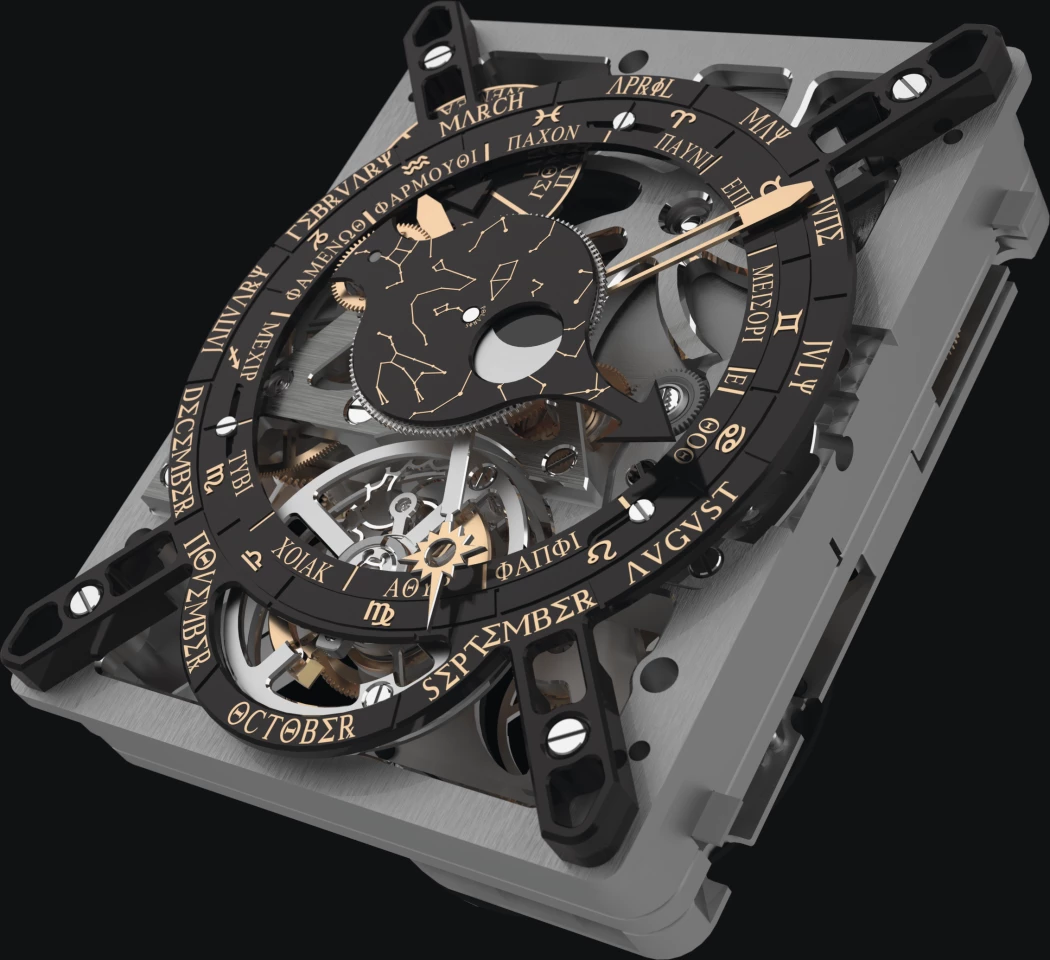
As the world's first analogue computer, the Antikythera machine has spawned a number of painstakingly constructed replicas over the years - one of our favorites was even made in Lego.

But such a sophisticated piece of machinery, with such a deep history, is bound to resonate most strongly with those who understand it most intimately. It's no surprise that Hublot's master watchmakers, with their intricate and innate understanding of the mechanics of gearing and precision, would see the Antikythera mechanism for what it was - a very compact clockwork device some thousand years younger than the first mechanical clocks - which were absolutely enormous.
It's easy to see how a watchmaker could take this device as a kind of challenge across the millennia ... and that's how we arrive at this: Hublot's own working replica of the Antikythera mechanism, scaled down from shoebox size to wristwatch size, and with a built in clock circuit so it can tell the time as well as make its astronomical predictions.

In making it, Hublot's engineers encountered issues they have never had to deal with in traditional watchmaking - in particular, the non-linear gearings used to simulate elliptical patterns in the solar system.
Check out Hublot's video about the inspiration behind this watch and the unique challenges in building it:
The watch is a concept piece only, and will be presented at the Baselworld watch show in 2012. It's a lovely piece of work, a wonderful homage to the brilliance of our 22 century-old ancestors - and a bloody good excuse to write a thinly veiled history piece for Gizmag. I hope you've enjoyed it!



